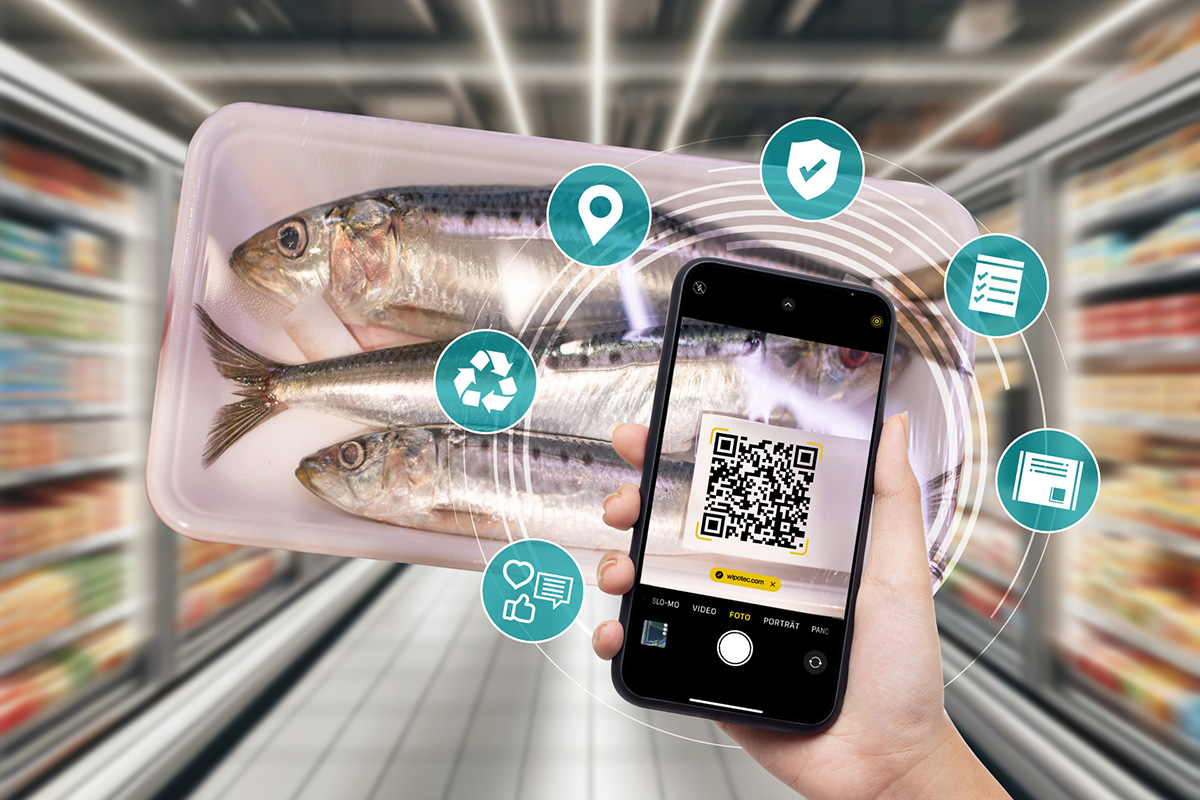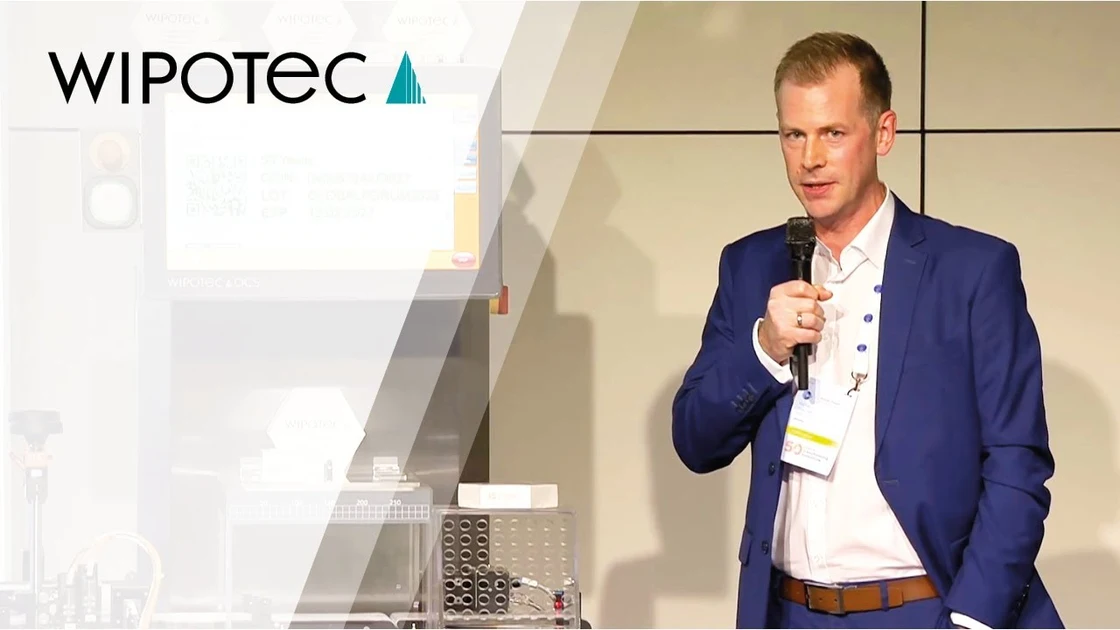Product inspection of fish and seafood: for safe consumption without foreign bodies
It has been shown that people who eat fish and seafood on a regular basis prolong their lives and as a result nutrition experts recommend at least one to two portions (200 g) of fish per week. The comparison shows that most people stick to this. On average, Europeans eat 26 kilograms of fish and seafood per person each year; statistically this is more than twice a week. By contrast, North Americans (i.e. Canada, Mexico, and the USA) consume slightly under 20 kilograms per person per year. Icelanders eat as much as 90 kilograms per person which converts to more than one portion a day. This makes them far and away the leaders in Europe. Norway and Portugal follow in 2nd place with up to 60 kilograms. Countries such as Hungary and the Czech Republic are at the bottom of the league; there they eat less than 10 kilograms of fish and seafood per person.
Fish and seafood are also an economically promising market; yearly sales of fish products in Europe amount to around 45 billion euros. In 2015 fish and seafood sales in the United States were approximately 88 billion euros and this number has been growing steadily ever since. That is why it is crucial that nothing is overlooked during the product inspection of fish and seafood. If foreign bodies get into the products, it will mean carrying out an expensive food recall campaign and, according to a study by Allianz, in Europe this costs an average of 8 million euros. In the United States, the Grocery Manufacturers Association (GMA) estimates that food recalls cost companies on average $10 million (nine million euros) in direct costs alone. Of course, the true cost of a food recall is likely higher due to the damage caused to the company’s brand image and the related loss of on-going product sales. Use our product inspection solutions for the quality assurance of fish and seafood to protect yourself against this risk.
On this page you will find further information on the following topics:
Member of the European Hygienic Engineering & Design Group
Consumer confidence is critical for fish and seafood. For this reason, there are strict standards for food safety that must be adhered to. For example, the EU Packaging Directive, the HACCP concept (risk analysis and critical control points), the IFS (International Food Standard), the BRC (Global Standard for Food Safety of the British Retail Consortium), the FDA, the GFSI certification (Global Food Safety Initiative) and others.
As a member of the European Hygienic Engineering & Design Group (EHEDG), we are particularly committed and experienced when it comes to the production and packaging of food. We are happy to advise you on all matters regarding standards in the food industry and product inspection for the quality assurance of fish and seafood.
Checkweighing, foreign body detection in fish and seafood, completeness and level checking and more: with us you get all the solutions from a single source and safeguard yourself in matters of consumer protection, packaging directives, checking standards, environmental protection, increased efficiency and prevention of damage to your image.
Challenges in the Product Inspection of Fish and Seafood
Anyone trading in fish and seafood must take special care to ensure that the products are delivered complete, flawless and free of foreign bodies while complying with all packaging directives. There are a number of challenges to overcome to ensure this. Hygiene, for instance: our inspection systems are designed to be particularly hygienic to meet all requirements even in harsh cleaning environments. Read here to find out what other challenges there are and how our solutions can help you:
- Weight check: An overfilled product is an economic loss; an under filled product is an image loss. The weight check is therefore an important part of the product inspection of fish and seafood. Our checkweighers of the E-M-A series ensure that products which are too light or too heavy are detected automatically and ejected from the production line. In addition, they transmit this information to the filler as necessary so that the filling volume is adjusted.
- Curtain-less X-ray scanners: When using X-ray scanners with protective curtains, light products oftentimes get stuck in the curtains causing product jams. Our curtain-less X-ray scanners solve this challenge. Thanks to the modular design of our X-ray scanners of the SC series, you may combine the product options that perfectly match your requirements in a compact and flexible machine package.
- Foreign body detection: Intentionally or unintentionally, some fish swallow stones which may damage blades and other equipment during processing. It is possible that the damage caused by the stones results in metal pieces falling into the fish that is being processed. As you can see, foreign bodies are not only a hazard for the machines in the production process – if a consumer finds them, in the products or bites on them, this presents a health hazard resulting in an expensive product recall and damage to the company’s image. To eliminate this hazard, we have developed the X-ray scanners of our SC-E-, SC- and SC-WD series. Their reliable foreign body detection in fish and seafood protects your machines. Our product inspection solutions also ensure that less than perfect products are automatically ejected from the production flow.
- Vision inspection: All packaging directives must be adhered to and all information must be printed correctly. If the stated nutritional values, the barcode or the best-before date are not correct, the result may be an expensive recall campaign. Our SC-V machine is a product inspection solution that checks not only by X-ray but also by optical vision inspection to see if all the information on the product is correct, and the label is positioned properly and easy to read.
- Our tip: In the foreign body detection of fish and seafood, X-ray scanners are by far the better solution compared to metal detectors, as they can find bones, stones, and also inspect metallized packaging.
“At the highest detection rates, Wipotec X-ray scanners never limit the maximum possible throughput of our production lines.
They also ensure that we can reach our target efficiency and productivity goals as well as making appreciable cost savings while maintaining high quality levels.”
Kent Christiansen, Technical Manager,
Saeby Fish Canners Ltd., Denmark
The advantages of our checkweighers in the product inspection of fish and seafood
- Wipotec EMFR weigh cells permit throughputs of up to 650 pcs/min
- Demand-oriented modularity for tailor-made applications
- Exact filling results for reducing the TCO
- Easy, user-friendly operation
- GMP conformity and hygienic design
If you need a highly compact product inspection solution, we can also supply you with combination devices. The SC-W, for example. It combines our high-precision checkweigher with the modular X-ray scanner. The HC-M-MDi checkweigher additionally offers an integrated metal detector on the smallest footprint. For the heavy-duty and secondary packaging sector, the HC-M-SL is an excellent solution. Simply take a look around or let us advise you:
The advantages of our X-ray scanners in the product inspection of fish and seafood
- Modularity permits fast, flexible solution development and integration
- Broad standard portfolio from entry-level scanners to high-performance combined devices
- High-resolution HD-TDI camera detector technology in compact designs
- Optimal application implementation via intelligent software features
- Conformity to standards such as HACCP, BRC or IFS and others
- 16-bit camera technology
- Camera detectors provide multi-resolution above a resolution of 102 µm
- Inspection speeds up to 2 m/s
Precise product identification of fish and seafood
Certain information must be accessible quickly and easily at each stage of the supply chain on all products intended for retail. A reliable expiry date, for example, is mandatory for perishable foods such as fish or seafood and has to be printed on the label in a way that is clearly legible for the consumer. From sliced smoked salmon to frozen prawns – quality is essential.
In addition to consumer health, correct marking also protects you as a manufacturer from unforeseeable financial consequences. In many cases, more accurate product information can prevent extensive returns or at least make them much more effective. In the food industry, gapless traceability of all goods is becoming crucial. Where did the seafood come from, how was it packaged and when did it reach the store? With full data records, you have an immediate answer to such questions and always know where which batch was delivered and when.
In addition, you can prevent fraud attempts with unique labeling, thus ensure that counterfeits are easily identified and withdrawn from the market. Show consumers the quality and origin of your goods by transparently mapping your entire supply chain. This significantly strengthens trust in your brand. After all, consumer expectations in terms of quality and transparency are constantly increasing.

TQS: Labeling on all levels
All market participants will benefit enormously from digital coding on fish and seafood packaging. For manufacturers, retailers and consumers, this expands the possibilities enormously. The most important prerequisites are the correct content in the code and the application of global standards. As a first step, specific batch numbers are advisable to ensure traceability back to the batch. If each individual product is to carry a unique identifier, serial numbers are coded onto each individual package. Ideally, this identification should be carried out by a comprehensive solution that directly confirms the printed code and automatically sorts out non-conforming items. Standardized interfaces for data exchange with higher-level systems simplify production processes significantly.
This is exactly what our TQS units specialize in. State-of-the-art printing technology results in high-precision markings that can even keep up with the fast speeds of the food industry. You can choose whether your business requires a compact integration solution or our stand-alone units. Additional modules take over the checkweighing for you and also check for a wide range of foreign bodies. This is the well-known system design of Wipotec. We offer you everything from a single source, developed and manufactured by our team of experts on site in Kaiserslautern.
This inherent modularity also means that your wishes always come first. Talk to us, describe your application and we will configure your modular solution according to your individual requirements:
Digital Link: The future in 2D
Distributors and consumers alike expect more and more information on fish and seafood, which must be available digitally at all times. That is why participants from across the industry are working to supplement the classic barcode with advanced 2D codes. These combine all markings in a very small space, giving you even more flexibility in packaging design.
Customize content perfectly to your target group! While access via a smartphone, for example, leads to a loyalty program or further details about the country of origin, the same code leads a supplier to internal certificates, for example. Thanks to Digital Link, the label has a direct link to the Internet. This allows you to make subsequent adjustments easily. The layout remains the same.
During an expert discussion on stage at the GS1 Global Forum, Volker Ditscher explains how this development came about and where the journey is heading. We will be giving you a live presentation of our TQS solution.


